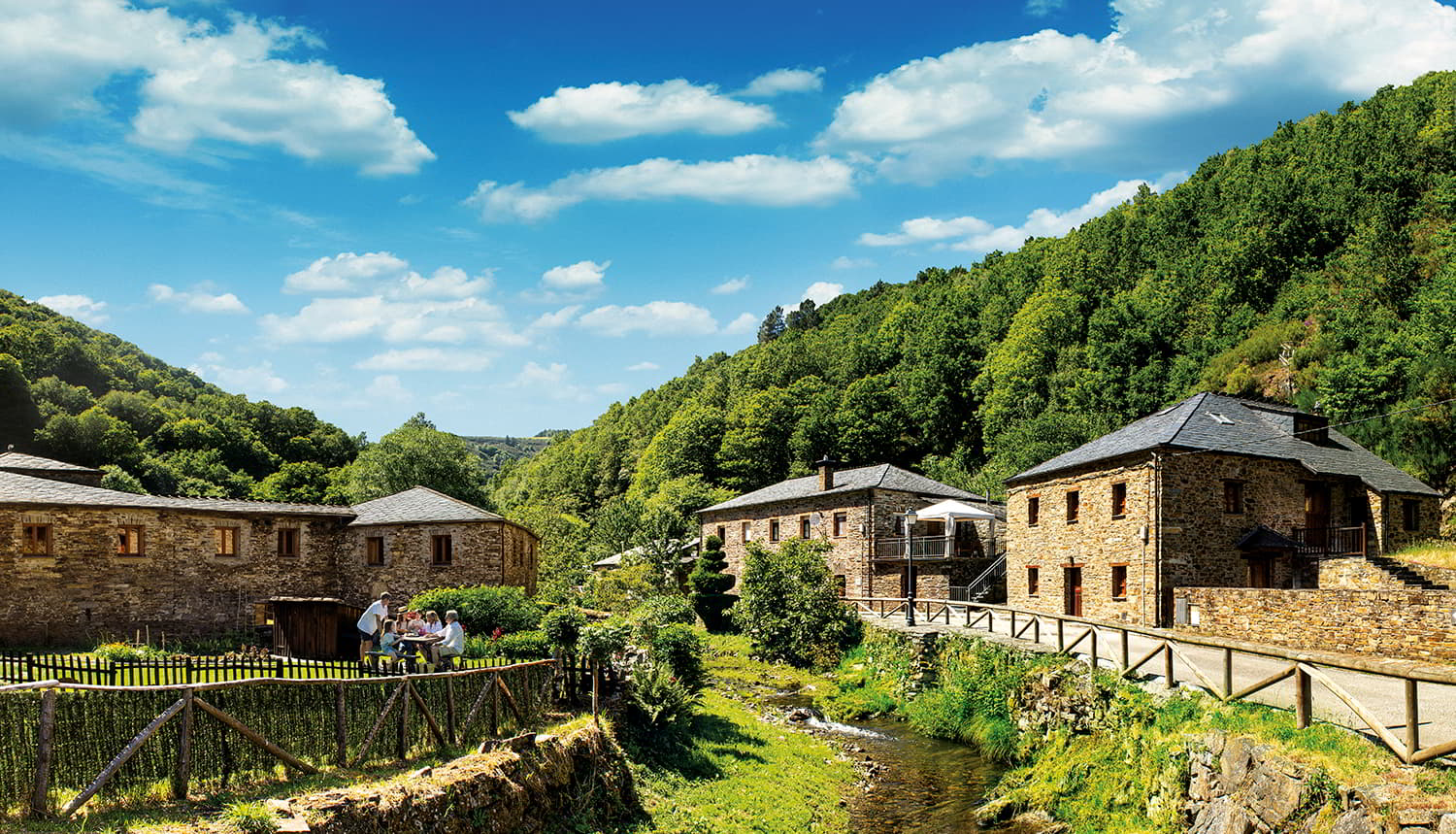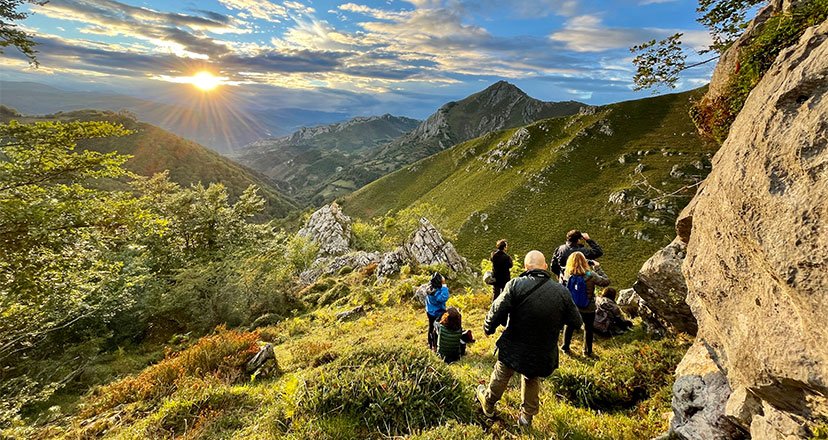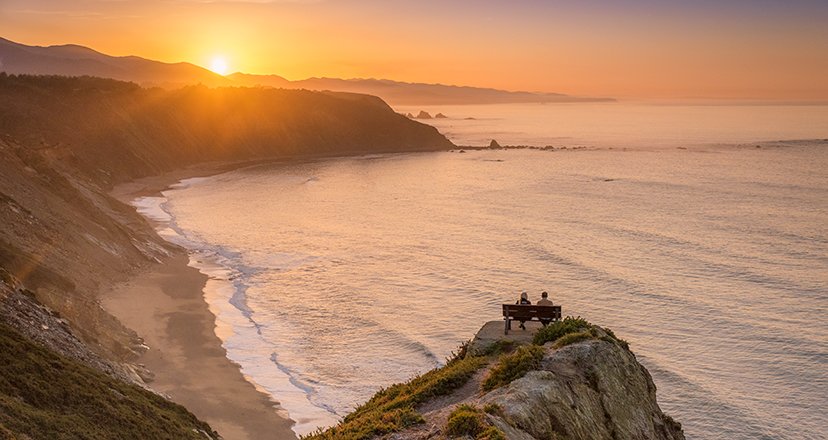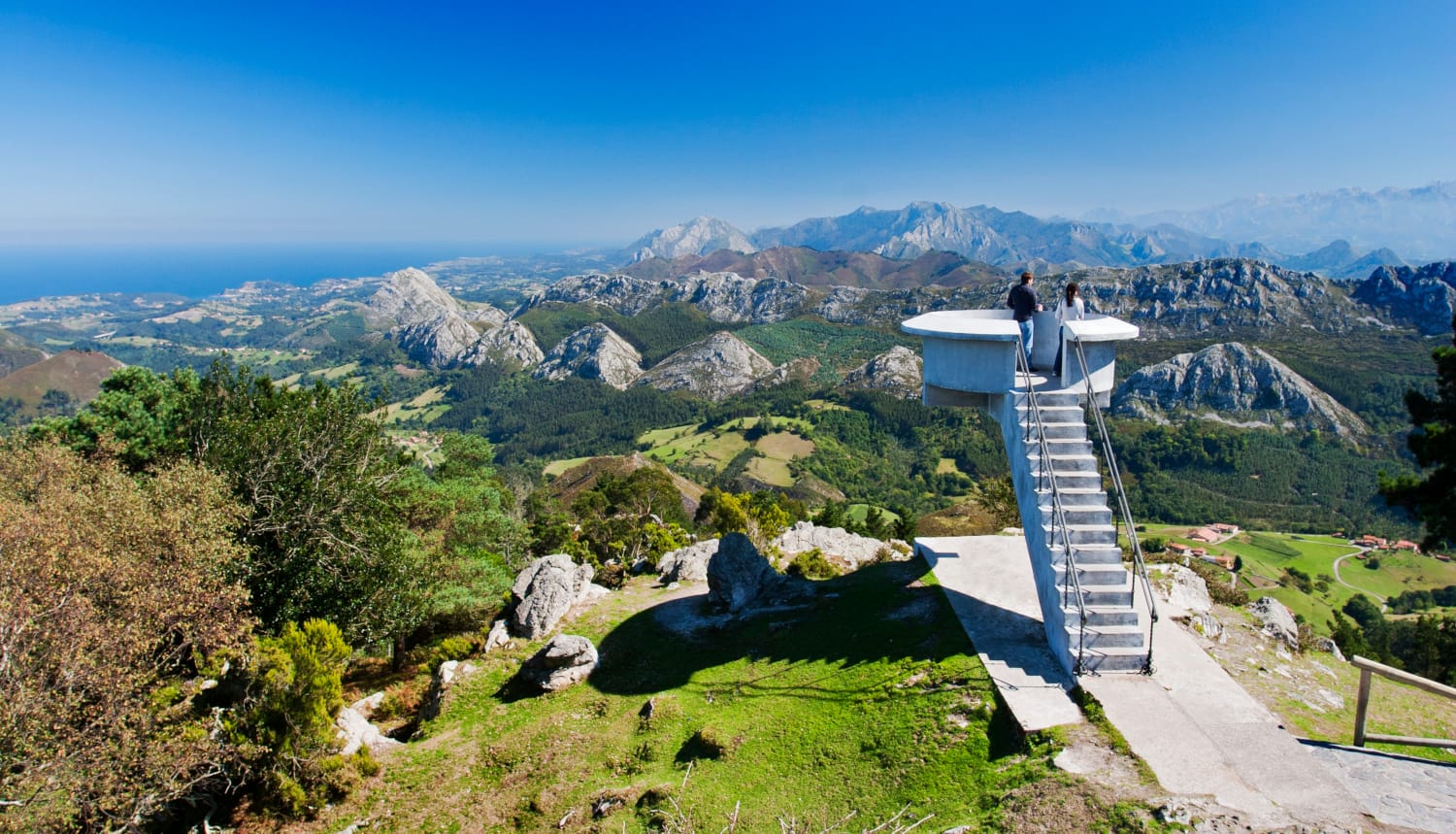Back Slow travel in Asturias: Total disconnection in nature
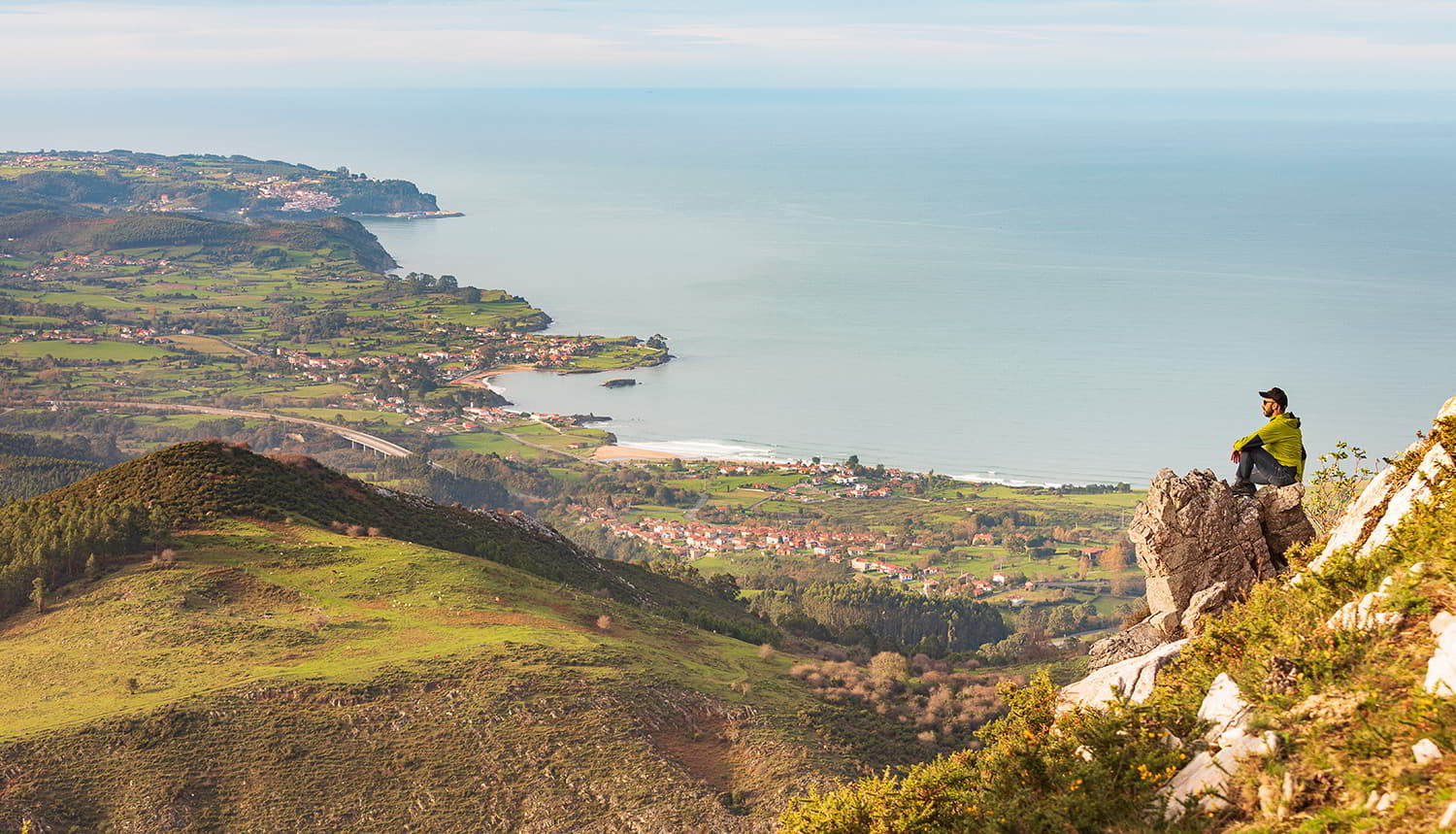
Slow travel in Asturias, a way of total disconnection in nature
Asturias is the perfect setting for travellers looking to slow down and enjoy a more authentic and peaceful experience. The green landscape, the mountains, the beaches ... all encourage a direct connection with nature, while the friendly locals encourage cultural immersion in a land that has so much to offer the traveller.
What is slow travel?
Slow tourism is a way of travelling that emphasises slowing down, sustainability and a deep connection with the environment. It is much more than a way of getting from one place to another, it is a philosophy that seeks to change the way we perceive and enjoy a trip, focusing on enjoying the destination in a conscious and respectful way, valuing quality over quantity of experiences.
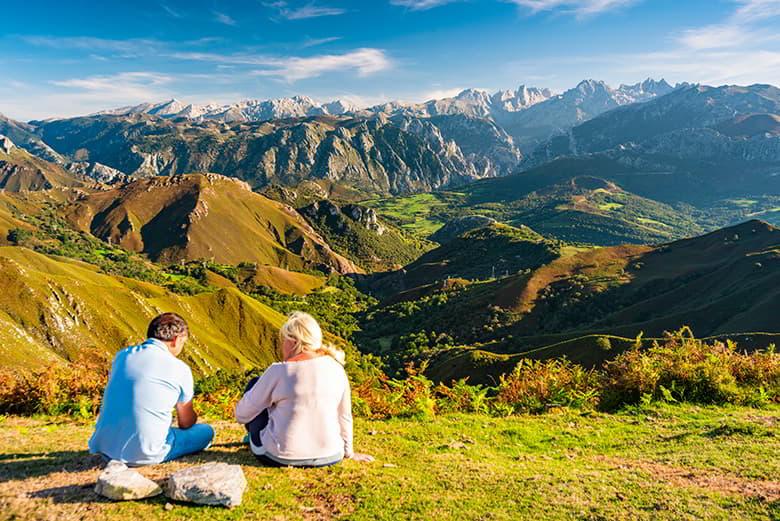
When you have a few days to spend on a trip, you sometimes tend to include many destinations and experiences, wanting to see as much as possible without wasting a single minute. But it happens, not infrequently, that this style of travel leaves behind several secondary symptoms, such as stress or exhaustion upon return.
Slow travel avoids these rushed dynamics and promotes travelling in a more sustainable way that leaves room for surprises. It means going further and getting to know a destination and its culture, not settling for the more conventional tourist experiences and savouring the moment, with enough time to appreciate the details and authenticity of the place you are visiting, without obsessing over crossing places off a list.
What are the benefits?
The slow travel philosophy offers a number of benefits for both the traveller and the destination.
Disconnection and stress reduction
The aim of slow travel is to return home rested, fulfilled and satisfied. To achieve this, it is important not to plan too many activities in order to be able to experience the place and blend in with the everyday life of the locals. Less packing and unpacking means a calmer experience.
Walking around the place helps to disconnect and generates wellbeing through exercise. Leave enough time to fully live the moment, allowing the trip to develop at its own pace to experience the environment and gastronomy in a much more intimate and relaxed way, establishing links with the area and, why not, even friendships.
More authentic experiences
One of the main benefits of slow travel is that it allows you to get to know more deeply the traditions, personality and particularities of the place, giving you time to explore the less touristy corners. You can immerse yourself in everyday life, and not just stay on the surface.
Reduced environmental impact
Slow travel encourages sustainability and promotes the use of more sustainable and discoverable transport options, favouring buses or trains over air travel.
Slow travellers walk and cycle as their preferred methods of travel and, by staying in one place for longer periods of time and with a shorter list of activities, they reduce the number of trips and their carbon footprint.
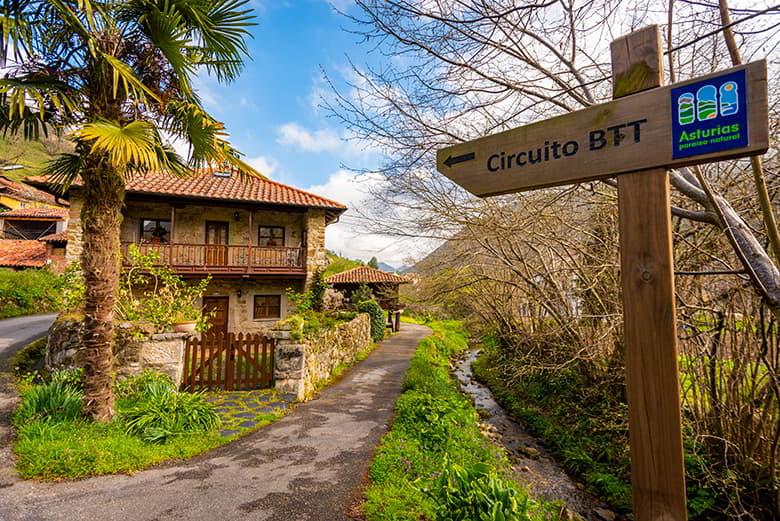
Benefits for the local community
Priority is given to experiences and services offered by local communities, favouring the socio-economic development of the territories visited, with maximum respect for the environment. Travelling in a responsible way, leaving aside mass tourist attractions and supporting the local economy by spending money in small businesses, contributes to the creation and maintenance of jobs and a better redistribution of the benefits of tourism.
Why Asturias is slow travel
Asturias seems to have been designed for slow travel thanks to its dazzling nature and wide variety of environments to discover, including mountains, forests and unspoilt beaches. There are multiple routes and outdoor activities, perfect for connecting with nature in Asturias and exploring it unhurriedly, enjoying the moment.
The contemplation of small charming villages scattered throughout the length and breadth of the geography, the hospitality of the Asturian people, the excellent gastronomy and the tranquillity of the landscapes offer a relaxed and enriching experience, far removed from mass tourism.

Best destinations according to the season
It's difficult to pinpoint the best destinations with the wide range of getaways available in Asturias, but the following are perfectly suited to enjoying them with slow travel as a banner.
Peñamellera Alta and Baja
In the easternmost part of the Principality, between important tourist centres, the two Peñamelleras form an idyllic place where you can find peace and quiet. Unexplored by tourists, Peñamellera Alta and Peñamellera Baja truly surprise all those who visit them with the many secrets they hold.
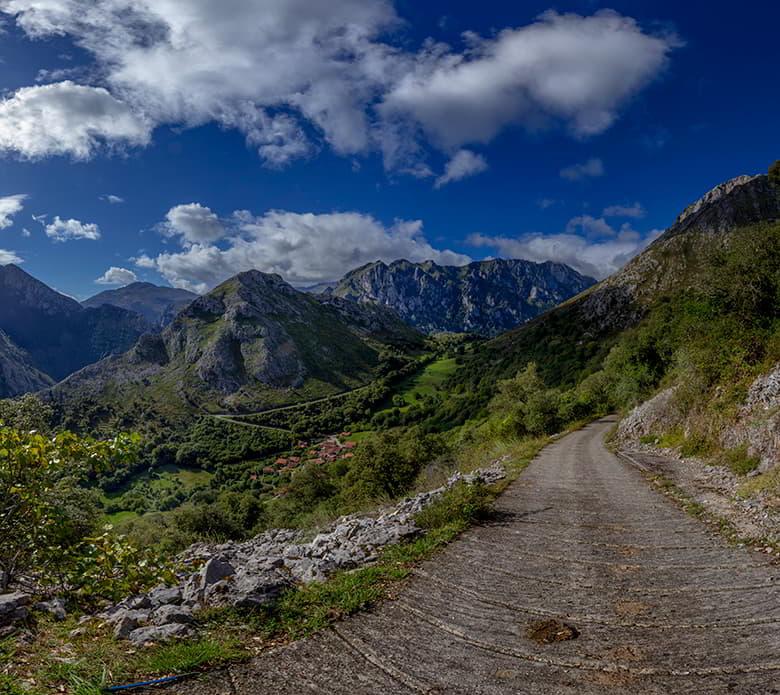
With part of its territory integrated in the Picos de Europa National Park, they are one of its lesser known entrances, where the landscapes are memorable. Hiking in the Cuera mountain range or canoeing down the crystal-clear and uncrowded Cares river are highly recommended activities. It is also a must to enjoy the small villages, the abundant Indian heritage and the exceptional cheeses produced in the area. The best time to visit the Peñamelleras is between spring and autumn.
The Oscos
Los Oscos is made up of San Martín de Oscos, Santa Eulalia de Oscos and Villanueva de Oscos, and is a perfect area to visit all year round. They have been Exemplary Town of Asturias in 2016, and Santa Eulalia has been named capital of rural tourism in 2024, but, despite its popularity, Los Oscos is still a quiet corner of green rural landscapes, beautiful hiking trails, and activities and craft workshops where you can learn about ancient crafts.
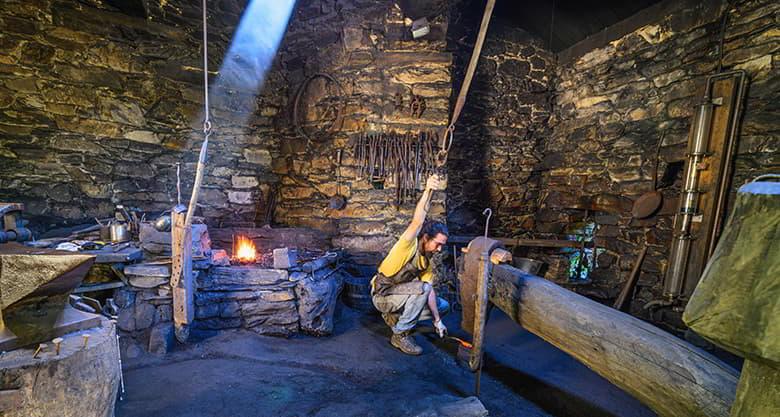
Valdés
The council of Valdés offers a good number of beaches with low occupancy, and its spectacular cliffs form a unique landscape. You can't miss the beautiful village of Luarca/Ḷḷuarca, the impressive viewpoint of La Regalina, a sunset route around Cabo Busto, or simply enjoying the view from one of the many benches with wonderful views. Recommended time for slow travel: late spring to early autumn.

Fuentes del Narcea, Degaña and Ibias Natural Park
The Fuentes del Narcea, Degaña and Ibias Nature Reserve is one of the best places in Spain to enjoy different ecotourism plans, with one of the most varied biodiversities in the country. If you are looking for seclusion and tranquillity, the largest nature park in Asturias, which occupies its south-western corner, is a perfect destination to disconnect from the world. Spring is a great time to visit, as it is the breeding season and also when it is easiest to spot bears. Autumn is also an ideal time to experience the chromatic hatching of the forests. All the possibilities are detailed in this Guide to visit Muniellos.
Aller
The council of Aller is one of the great unknowns of central Asturias. An eminently mountainous place, famous in winter for the ski resort of Fuentes de Invierno, but which also has a lot to offer the rest of the year. Numerous plans await you in Aller, including routes of all types and difficulties, in an overflowing natural setting that includes waterfalls, peaks and forests so beautiful that they look like something out of a fairy tale, such as the Gumial.
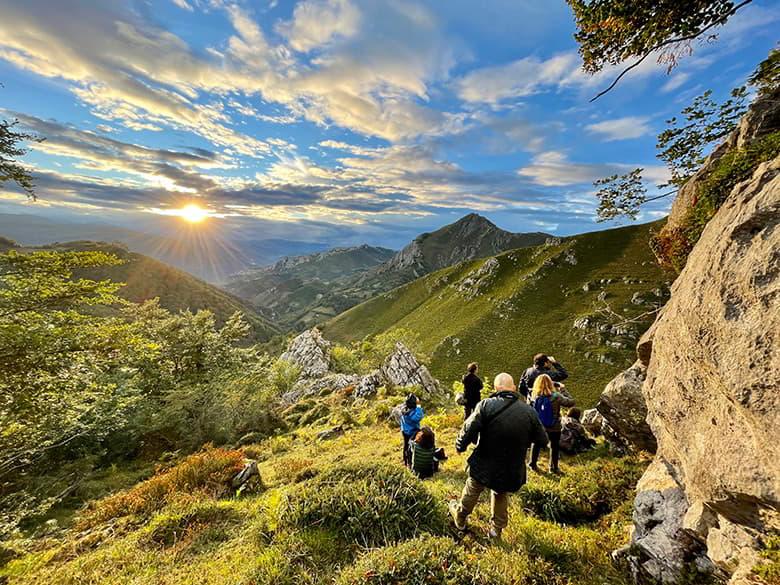
Ponga Natural Park
Ponga is one of the most beautiful natural parks in Asturias and also one of the least visited. Even in summer you can experience a disconnecting experience in this Biosphere Reserve, dotted with villages at the foot of stunning mountain landscapes.
This neighbour of Picos de Europa offers an excellent collection of routes through the area, with truly sensational panoramic views, including the Tiatordos route. Ponga is also home to many forests and routes, one of the best known of which is the Peloño beech forest route, highly recommended for a spring or, better still, an autumn visit.

The most touristy areas in the off-season
Although it may seem hard to believe, it is also possible to practice slow tourism in the busiest areas of the Principality of Asturias, although it is clear that you have to leave the summer to make it happen.
Places such as Picos de Europa, Cangas de Onís, Llanes, Ribadesella, Caravia and Cudillero have a very low occupancy rate outside the high summer season. The recommended dates for slow travel in these areas are between October and May.
Although a slow experience can take place almost anywhere, the truth is that the attractions offered by the natural paradise of Asturias make it very easy to travel slowly and obtain a satisfactory and enriching experience during your stay.
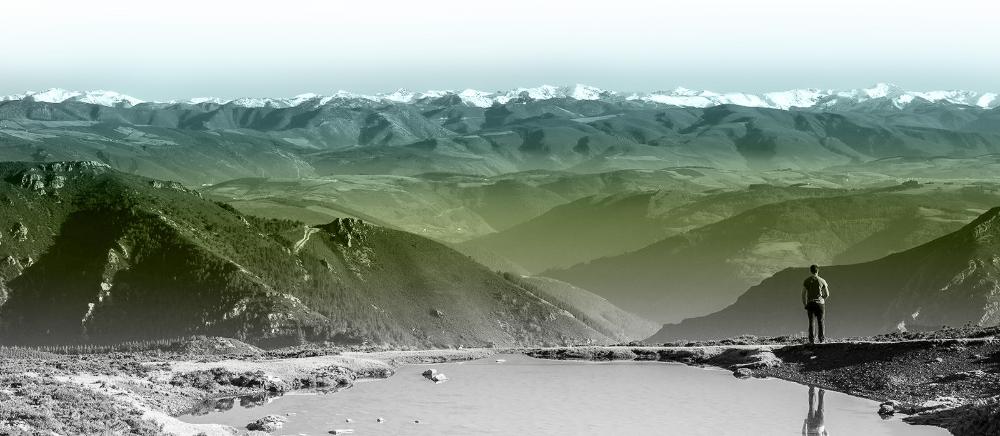
Subscribe to our newsletter and take advantage of offers, discounts, and news
Subscribe

